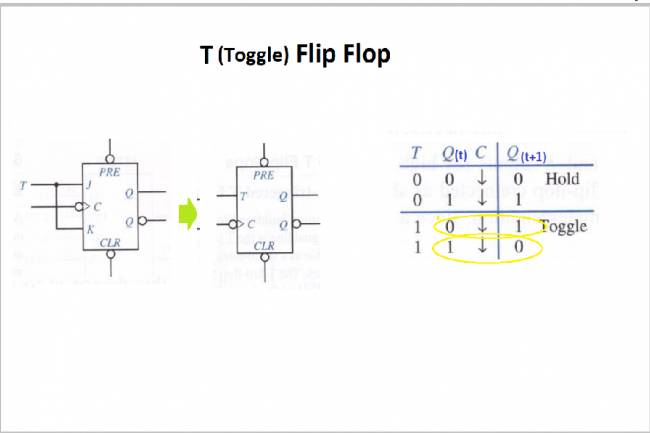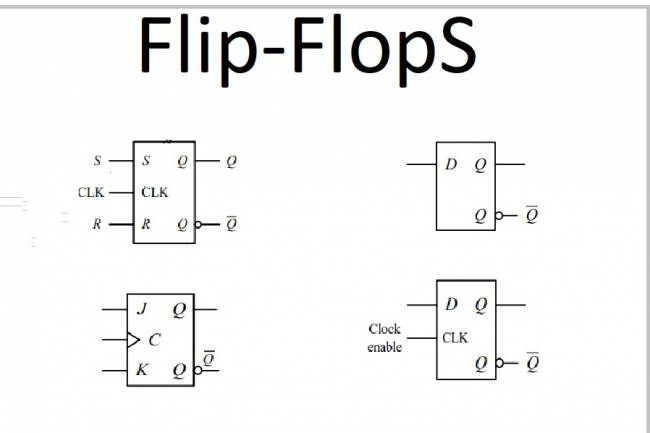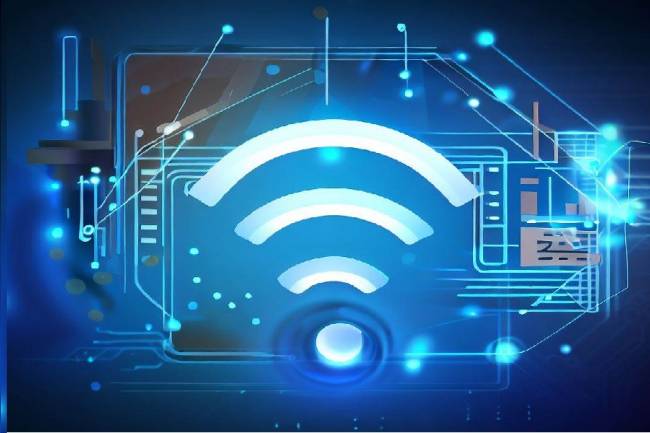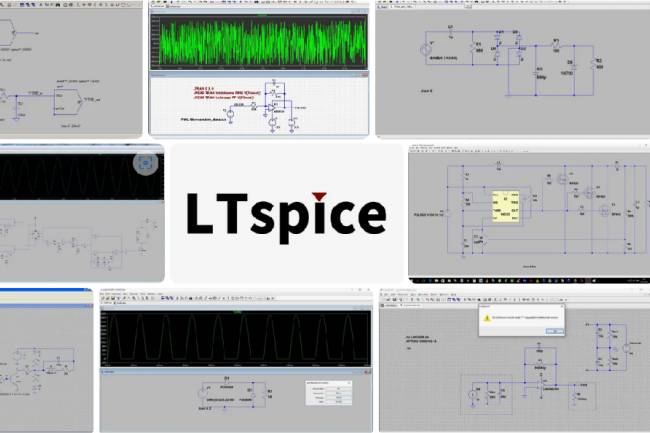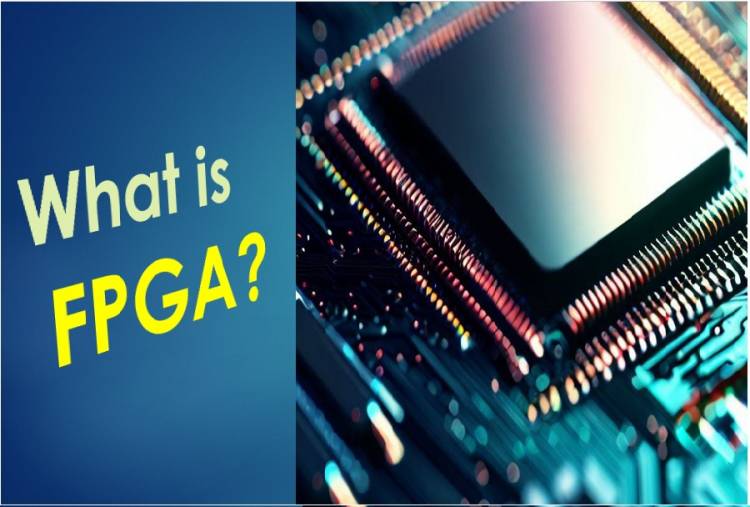
What is FPGA?
As milivolt.news, we continue to add articles about the basic concepts that need to be known and understood in the field of electronics and computers. In this article, we will give an overview of FPGA.
FPGA (Field Programmable Gate Array) are customizable digital circuits, also known as programmable logic gate array. These devices contain a series of programmable logic blocks (PLBs) that enable many complex logic functions to be performed. These blocks are programmable and configurable at users' request.
FPGAs can have a lower manufacturing cost compared to a customized processor or ASIC design because FPGAs can be used in many different applications. The same FPGA device can be programmed to perform a number of different logical functions. This feature makes FPGAs usable in many different applications, such as video processing, signal processing, data logging, communications, control systems and many other applications.
Due to their programmable nature, FPGAs can be used to quickly change different aspects of the design. Also, FPGAs can be programmed with software languages that can be used for processor design. This makes FPGAs easy to use, even for people with no previous processor design experience.
Is FPGA a type of CPU?
FPGA is not a CPU (Central Processing Unit). FPGAs are programmable logic circuits and work with their own unique design and programming methods. An FPGA consists of thousands or millions of logic cells and programmable connections. These logic cells and connections can be programmed and configured according to the needs of the designers, so they can perform functions specific to different applications.
A CPU, on the other hand, is basically a programmed microprocessor and has a specific processor architecture. The CPU runs on an operating system and performs various tasks, such as data processing, computing, and memory management. The CPU is designed as a general purpose processor that performs predetermined tasks.
FPGAs, unlike CPUs, can be customized as a programmable logic circuit and can be customized for different applications. Therefore, there are some fundamental differences between FPGAs and CPUs.
Is there an ADC in an FPGA?
Some FPGAs may have integrated ADC (Analog-to-Digital Converter) features. These FPGAs can convert analog signals directly to digital signals and process them with programmable logic circuits inside the FPGA. However, not all FPGAs may have integrated ADC capabilities, and some FPGAs may require a separate ADC device to handle analog signals.
FPGAs are typically used for digital processing applications and external ADCs or other analog processing devices are used to process analog signals. This expands the design and use of FPGAs and makes them suitable for a wider variety of applications. For example, an FPGA can be used to manage interfaces between analog and digital processing devices in a system and can work with other devices such as an ADC.
Examples of Real-life applications with FPGAs
FPGAs are used in many real life applications. Here are some examples:
Automotive: FPGAs are used in many applications in the automotive industry such as driver assistance systems, blind spot warning systems, vehicle electronics, engine control and intelligent headlight control.
Aerospace: FPGAs are used in aircraft, unmanned aerial vehicles (UAVs), satellites and rockets. It is a viable option for many applications such as flight control systems, communications, radar, image processing, data storage and diagnostic systems.
Industrial Automation: FPGAs are often used in industrial automation applications. It is a suitable option for many tasks such as control of automation systems, motion control, image processing and sensor data processing.
Medical Devices: FPGAs are used for control and processing of magnetic resonance imaging (MRI) devices, ultrasound equipment, blood glucose meters, heart monitors, and other medical devices.
Telecommunications: FPGAs are used in telecommunications equipment. It can be used for fiber optic communications, wireless networks, mobile devices, audio and video processing systems, and communication protocols.
Artificial Intelligence: FPGAs are used in machine learning and artificial intelligence applications. It is a suitable option for data processing, object recognition, image processing and other artificial intelligence tasks.
Programming languages used for FPGA Programming
FPGAs can be programmed with different programming languages and tools used to program different aspects of the design. Some of these are those:
VHDL (VHSIC Hardware Description Language) and Verilog: Two of the most widely used languages for the design and programming of FPGAs. These include many high-level syntaxes used to determine different aspects of the design.
C, C++, and SystemC: These languages are a high-level approach to FPGA design. These languages allow users with no previous processor design experience to program FPGAs.
MATLAB/Simulink: MATLAB is a mathematical computation tool used especially in applications such as signal processing and data analysis. Simulink is a system modeling and simulation tool. These tools can be used to identify different aspects of FPGA design.
Quartus, Vivado, ISE, and Libero: Some of the tools used for synthesis, placement and orientation of FPGA design. These tools provide a set of automated tools that simplify the design process of the FPGA.



